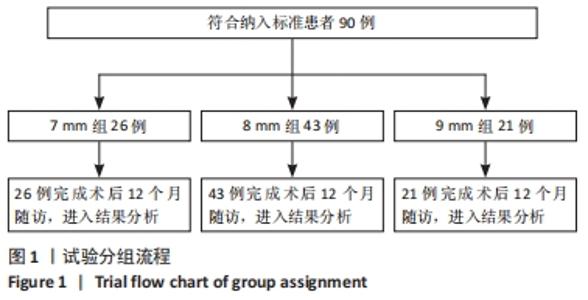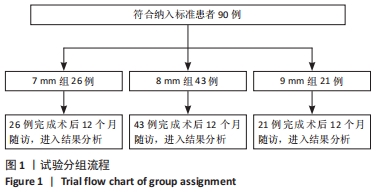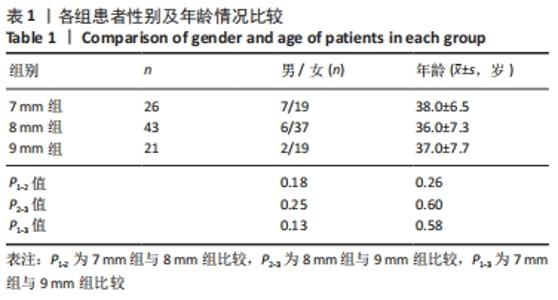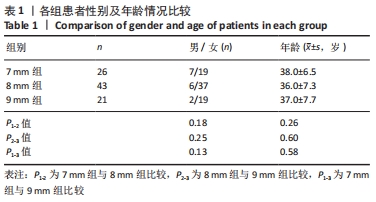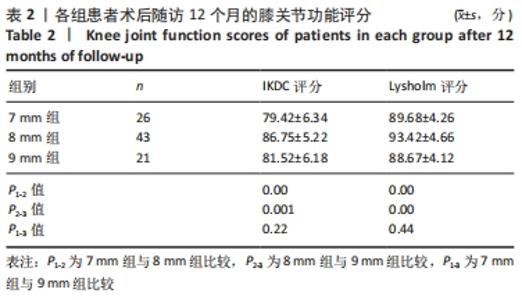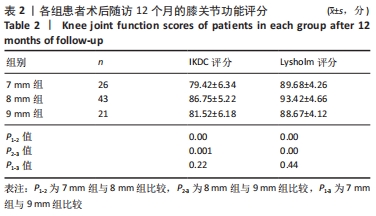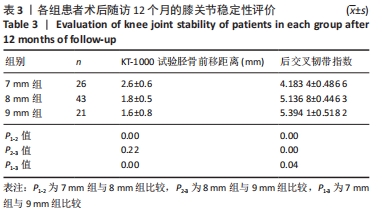[1] 田鑫铎,尹文哲,孙敏,等.前交叉韧带中前内束与后外束功能上的差异研究[J].创伤外科杂志,2013,15(1):53-56.
[2] 韩长旭,连欣,额尔顿图,等.前交叉韧带重建手术并发症诊断及处理的研究进展[J].中华临床医师杂志(电子版),2020,14(7):577-580.
[3] SNAEBJÖRNSSON T, HAMRIN SENORSKI E, AYENI OR, et al. Graft Diameter as a Predictor for Revision Anterior Cruciate Ligament Reconstruction and KOOS and EQ-5D Values: A Cohort Study From the Swedish National Knee Ligament Register Based on 2240 Patients. Am J Sports Med. 2017; 45(9):2092-2097.
[4] 王震宇,李亦丞,孙学斌,等.前交叉韧带重建术股骨侧定位点及移植物直径变化与膝关节旋转稳定性相关性研究[J].中国骨与关节损伤杂志, 2017, 32(12):1245-1248.
[5] 吴冰,陆伟,王大平,等.前交叉韧带移植物与后交叉韧带撞击发生机制及解决方法的研究进展[J].中华创伤骨科杂志,2015,17(11):1006-1008.
[6] 《实用关节镜手术学》出版[J].中国矫形外科杂志,2018,26(18):1722.
[7] FERRETTI M, EKDAHL M, SHEN W, et al. Osseous landmarks of the femoral attachment of the anterior cruciate ligament: an anatomic study. Arthroscopy. 2007;23(11):1218-1225.
[8] FU FH, JORDAN SS. The lateral intercondylar ridge--a key to anatomic anterior cruciate ligament reconstruction. J Bone Joint Surg Am. 2007; 89(10):2103-2104.
[9] FUNG DT, ZHANG LQ. Modeling of ACL impingement against the intercondylar notch. Clin Biomech (Bristol, Avon). 2003;18(10):933-941.
[10] 张玲,蔡宗远,王少白,等.前交叉韧带重建术后膝关节运动分析研究进展[J].医用生物力学,2020,35(2):240-246.
[11] 陈家,魏世隽,王洪.关节镜下韧带重建术治疗前交叉韧带损伤的研究进展[J].中国矫形外科杂志,2018,26(16):1489-1494.
[12] 张天伟,蔡鄂,郑钧文,等.前交叉韧带断裂重建研究进展[J].现代医药卫生, 2020,36(22):3610-3613.
[13] 田彦斌,何仲义,滕泰,等.应用不同直径5股自体腘绳肌腱单束重建前交叉韧带的临床研究[J].宁夏医科大学学报,2017,39(8):891-894.
[14] MAGNUSSEN RA, LAWRENCE JT, WEST RL, et al. Graft size and patient age are predictors of early revision after anterior cruciate ligament reconstruction with hamstring autograft. Arthroscopy. 2012;28(4):526-531.
[15] SPRAGG L, CHEN J, MIRZAYAN R, et al. The Effect of Autologous Hamstring Graft Diameter on the Likelihood for Revision of Anterior Cruciate Ligament Reconstruction. Am J Sports Med. 2016;44(6):1475-1481.
[16] NISHIMORI M, SUMEN Y, SAKARIDANI K, et al. An evaluation of reconstructed ACL impingement on PCL using MRI. Magn Reson Imaging. 2007;25(5):722-726.
|
